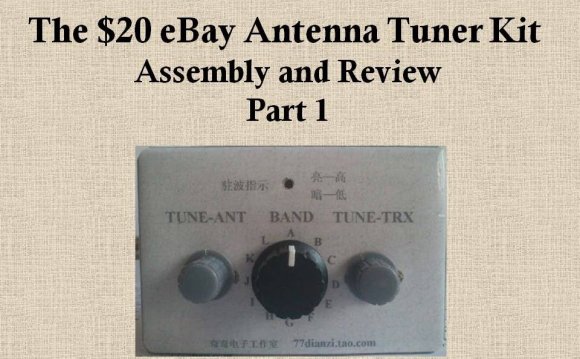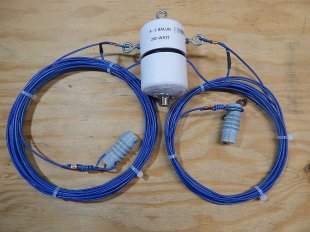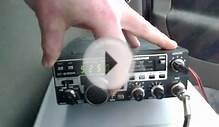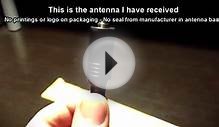
 Even in the age of the Internet, ham radio enthusiasts still get an enormous amount of enjoyment from connecting with others though radio waves. Licensed amateur radio operators, known as hams, need the right equipment in order to operate on radio frequencies that the Federal Communications Commission reserves specially for these hobbyists, according to the National Association for Amateur Radio. Many amateurs build ham radio antennas, which are essential equipment for transmitting and receiving radio signals.
Even in the age of the Internet, ham radio enthusiasts still get an enormous amount of enjoyment from connecting with others though radio waves. Licensed amateur radio operators, known as hams, need the right equipment in order to operate on radio frequencies that the Federal Communications Commission reserves specially for these hobbyists, according to the National Association for Amateur Radio. Many amateurs build ham radio antennas, which are essential equipment for transmitting and receiving radio signals.
Gather Supplies
Ham radio operators can start by building a dipole antenna that comprises a conductive wire rod. Dipole simply means "two poles, " and this is the most basic form of antenna that requires the following components and tools:
- 10 or 18-gauge copper wire
- Coaxial cable
- Ceramic egg insulators
- Ribbed insulator
- Wire cutters
- Cable stripper
- Solder kit
Consumers can purchase solid or stranded copper wire to build the antenna. They can also choose between insulated or bare wire, depending on which product is available.
Measure the Wire
Before getting started, it is imperative to determine the length of the wire. Use the dipole length formula, which entails dividing 490 by the desired radio frequency in megahertz (MHz) to achieve a measurement in feet. Add an extra 2 feet to allow for attaching the insulators and tuning the antenna. For example, for a radio frequency of 14 MHz, the wire should be 490 divided by 14, which is 35 feet. Then add 2 feet to arrive at a final length of 37 feet.
Cut the Wire
The full length of the wire functions effectively for the maximum wavelength of the radio wave the antenna should generate. The next step in making a dipole antenna involves creating two poles by cutting the wire precisely in half using wire cutters.
Attach the End Insulators
The ends of the wire are at a high voltage point, so it is necessary to insulate them. Wrap one end of each wire around a small ceramic egg insulator. Egg insulators are a good choice because they fall away in the event of a fracture, leaving the remainder of the antenna intact, so it does not collapse and cause any structural damage.
INTERESTING VIDEO












